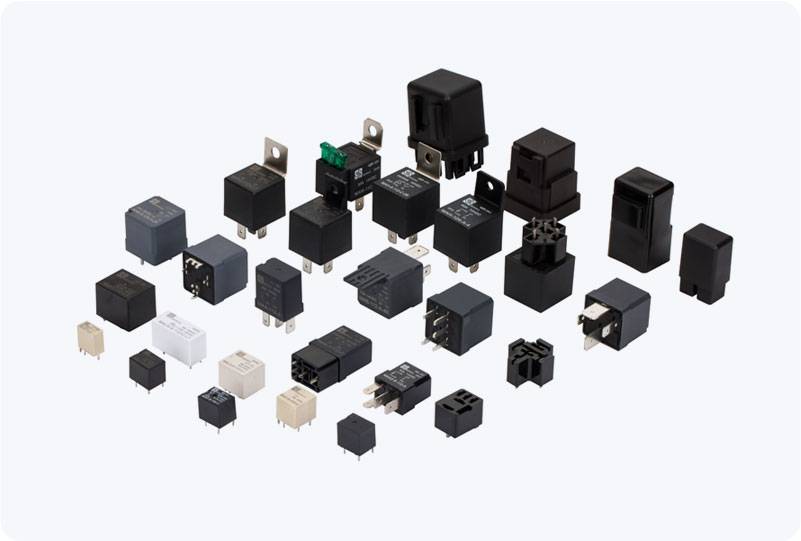The Internet of Things (IoT) has rapidly evolved, and its influence on home automation has been nothing short of revolutionary. One of the most significant components in the creation of smart homes is the IoT relay, which plays a pivotal role in controlling devices and systems remotely. The IoT relay serves as a bridge between the physical world and digital systems, making home automation more efficient, user-friendly, and adaptable. This article delves into the significance of IoT relays in home automation, how they work, their benefits, and the future potential they hold in creating intelligent and connected living spaces.

Understanding IoT Relays An IoT relay is an electronically controlled switch that enables the automation of electrical devices and systems through IoT technology. These relays are connected to home automation systems and can be remotely controlled via smartphones, voice commands, or other digital interfaces. Unlike traditional mechanical relays, IoT relays can be monitored and activated over the internet, providing users with the ability to control various home appliances and systems from anywhere in the world. At the heart of an IoT relay lies the integration of a microcontroller and Wi-Fi or Bluetooth connectivity. These relays are typically designed to work with platforms such as Google Home, Amazon Alexa, or other home automation ecosystems. This connectivity allows users to interact with their home systems effortlessly, ensuring convenience, safety, and energy efficiency.